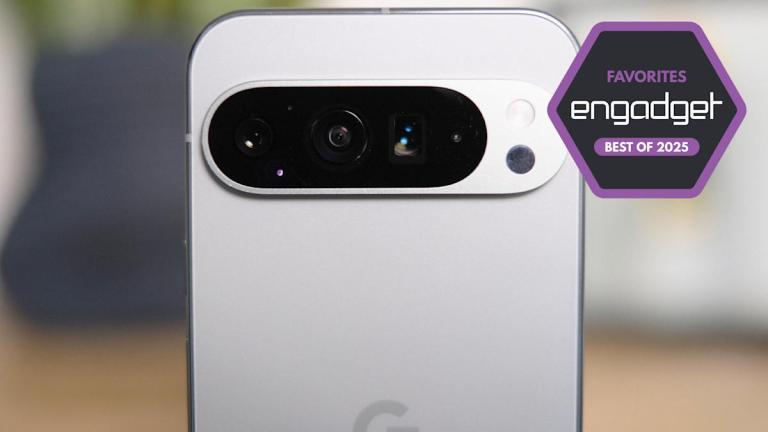[Warning: The below contains MAJOR spoilers for The Irrational Season 2 Episode 8 “Lost Souls.”]
Marisa (Maahra Hill) reveals a heartbreaking part of her past, something that only her ex-husband Alec (Jesse L. Martin) knows, in the midseason premiere of The Irrational.
Marisa and Alec’s girlfriend Rose (Karen David) team up to find a missing girl when the professor is sidelined. During their search, while camped out in the woods after finding her, Marisa reveals that after her father died when she was 16 (line of duty), she was a mess and felt trapped by her mother and their grief. She rebelled, and she ran away with boy her mom said was bad news (she was right). She got pregnant, and he left her alone at 17. She found a shelter for girls in her situation, and she went into early labor in the woods behind the house. She managed to get to the road and flag down a car, and the baby survived.
The shelter helped her find a good home for him, but Marisa never got to hold him and the adoption records were closed so she wouldn’t be tempted to look back. She never even told her mom. Alec calls it her secret origin story. Marisa then went back to school, studied, and decided to use her attraction to danger for good, joining the FBI.
It’s a backstory that Hill appreciates, she tells TV Insider. “You can see the flaws in her and also the experiences that she’s had until that point make her who she is. I just tried to pick up as many of the details of that experience as I possibly could and what that would feel like for her,” she explains. “As I was telling the story, I just was picturing all of it. And it was, for quite a while after that, still a very raw spot for me for just being able to experience that level of emotional pain that she went through. She also felt a certain need to or desire to kind of try to keep it together. So it was very tense. It was a very intense scene for me, but I really appreciate her being able to explore that and express that. I think you get to see some nice colors for the character there.”
So why did Marisa confide in Rose? “Alec was her safe place, and now he’s in a relationship with Rose, who I think Marisa has come to grow more fond of, an appreciation for why that relationship is so significant and so special,” says Hill. “They have such great chemistry, they get along really well, and I think Marisa just wants the best for Alec, too. So there’s just this positive point of view I think that she’s aiming to have and has been able to have about Rose.”
Hill also gives credit to the environment, calling it “one when I think she was beginning to implode a bit, and so it wasn’t something she could stand to keep inside anymore.” (Ideally, she would have spoken about it in therapy or to her mother.) She says that in that moment with Rose, after they found the girl, “we were kind of exhaling, but not really. It was a ride that culminated in just having to share what was on her heart, and I think she did it in a safe space. I think that she realized that at that point Rose was a safe space.”
That was one of David’s favorite scenes from the episode. “It’s such a big deal for Marisa to feel that she’s in a safe space with Rose to include her in this very painful part of her life. I thought Maahra did such a beautiful job in that moment. It was just the two of us and just listening, woman to woman and seeing a fellow sister — because we are all part of a sisterhood — go through such pain alone, I think it was the loneliness that really moved Rose to tears because that is something that is so palpable and that she can relate to is feeling lonely, feeling like you have to deal with something so heavy like this and life-changing and feeling that you’re on your own and you can only do it by yourself,” she shares.
David admits that she had to check in with herself to make sure she was “getting quite teary” as Rose, not herself. “Rose doesn’t allow herself to show emotion,” she explains. “But I love, I love that Rose showed emotion with Marisa for the first time and not Alec. I love that so much. It was a really, really beautiful moment where two amazing women could be there for each other. Those are gifts of scenes and when you get them as actors, we’re just like, yay! It just brings so much depth, I feel, to the storyline, to their relationship, and I’m excited to see where the relationship goes between these two ladies.”
After all, as this episode shows, Marisa and Rose make a great team! “They see each other and Rose admires Marisa so much. She knows Marisa’s very strong, successful, focused,” says David. “They share the same common values in a lot of things. I think they keep each other on each other’s toes, and that makes for interesting television.”
What did you think of Marisa and Rose teaming up and Marisa opening up about her past? Let us know in the comments section below.
The Irrational, Tuesdays, 10/9c, NBC











